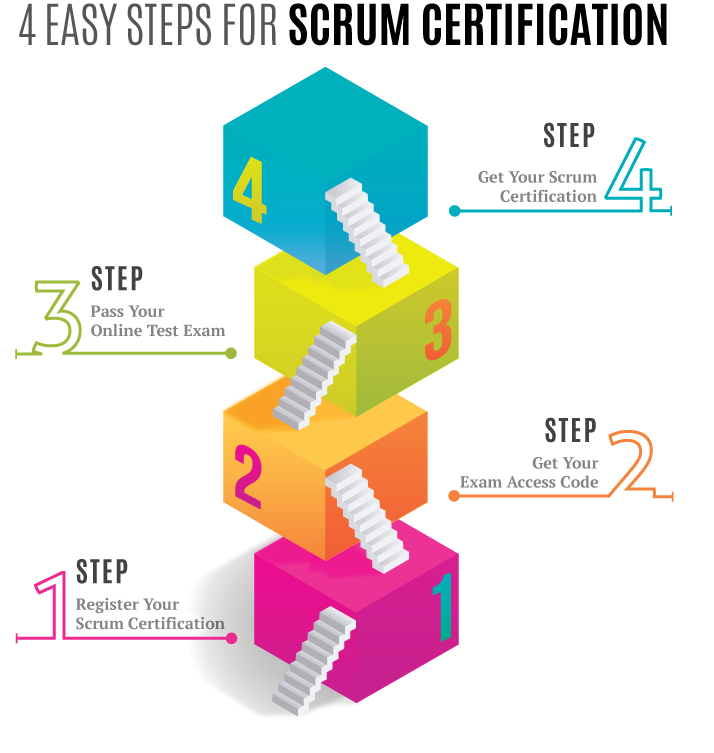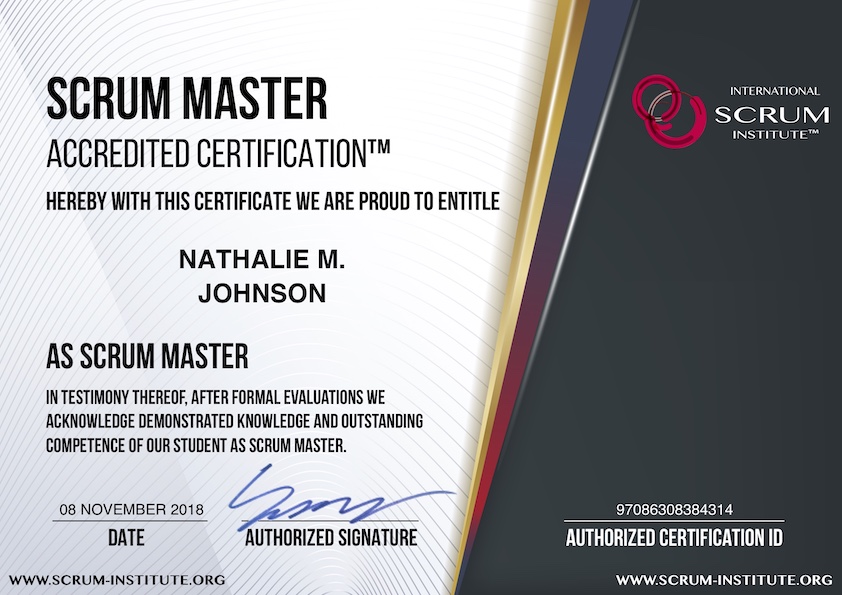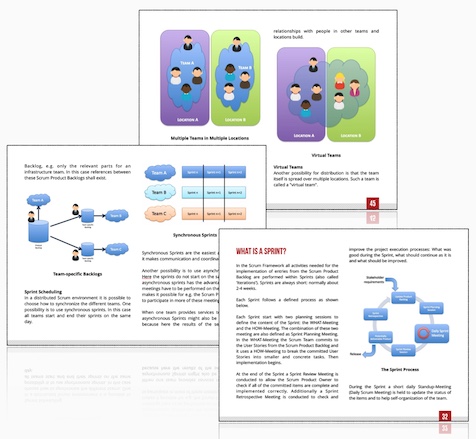What Is A Sprint? This Might Surprise You!
In the scrum framework, all activities
to implement the requirements happen during Sprints.
Sprints are cycles of work activities to develop
shippable software product or service increments.
Sprints are also sometimes called iterations.
You think about sprints as if they're micro
projects. As the term "Sprint" implies, a sprint doesn't
take long, and it's maximum for four weeks.
Sprints are always short, usually between 2 to
4 weeks. But depending on the reliably foreseen
amount of work or for Exploration Sprints, a one week
long Sprint is also typical. With the
approval of the Scrum Product Owner, a
Scrum Team may need an Exploration Sprint
to investigate new technology, build a mock-up
or a proof of concept.
Different from a running race, at the end of a
Sprint, the Scrum Team shouldn't be out of
breath and power. Instead, the Scrum Team
should be fresh, and they should energetically
start the next Sprint.
The Scrum Software Development and Delivery
Framework has nothing to do to create pressure
and stress for its team members. It's a well known
fact that people perform best when they
can work focused, relieved, and undistracted. If
it's applied correctly this is what Sprints help us
accomplish.
Every Sprint starts with a Scrum Sprint Planning Meeting. During the Sprint Planning Meeting,
the Scrum Team decides what and how many
requirements they will implement in this given
Sprint. Subsequently, the Scrum Team starts the
execution of activities to deliver requirements.
Daily Scrum (Daily Scrum Meeting) happens
every day at the same time in the same place.
The goal of this meeting is to align all members
of the Scrum Team regularly. Scrum Team
Members can also ask help from the Scrum
Master to remove any impediments which may
potentially slow down or block the progress of a
Sprint.
The Scrum Team finalizes a Sprint with Sprint
Review and Sprint Retrospective meetings.
The Sprint Review Meeting enables the Scrum
Product Owner to review and control the work
results the Scrum Team has created during the
Sprint.
During the Sprint Retrospective Meeting, the
Scrum Team reflects the way they work together,
how they use the Scrum Framework, and how
they can improve.
So the Scrum Team jointly takes these improvement
potentials and feedback into account
during the next Sprint Planning Meeting.Sprints
enable such feedback loops during short
periods with small batch sizes of work.
That's one of the significant reasons why and
how the Scrum framework helps teams and
organizations to improve themselves continuously.

Sprints are cycles of work activities
to develop shippable software
product or service increments.
Share It With Your Colleagues and Friends to Help Them Learn:
What Is A Sprint? This Might Surprise You!
|
|

|

|

|

|
|
 SCRUM INSTITUTE™
SCRUM INSTITUTE™






